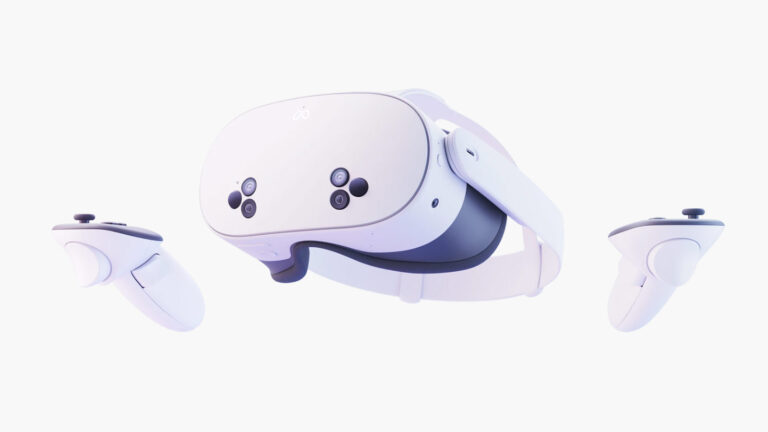
VR traction over the past several years has been slower than many had anticipated. But it’s still finding small wins and is growing at a fairly healthy pace. So the question is how well it’s landing with consumers today, and are those sentiments trending in the right direction?
So we set out for answers. Working closely with Thrive Analytics, ARtillery Intelligence authored questions to be fielded through its established survey engine to more than 50,000 U.S. adults. The result is Wave 9 of the research, and a narrative report we published to unpack the results.
Known as VR Usage & Consumer Attitudes, Wave 9, it follows similar reports over the last few years. Nine waves of research now bring new insights and trend data to light. And all nine waves represent a collective six-digit sum of U.S. adults for robust longitudinal analysis.
Among the topics tackled: How is VR resonating with everyday consumers? How often are they using it? How satisfied are they? What types of experiences do they want most? How much are they willing to pay for it? And for those who aren’t interested in VR… why not?
Build on the Familiar
After the last installment of this series examined VR’s top purchase considerations – in both hardware and software/apps – we switch gears this week to look at their most desired activities. What are the use cases and content categories that consumers are most interested in?
Social networking (70 percent) and gaming (70 percent) lead. They’re followed by cinematic content (69 percent), including watching 2D television shows, movies, or any video-based content on large virtual screens within 3D environments. This is one of VR’s most familiar use cases.
Other desired use cases include education (62 percent), shopping (46 percent), and virtual travel/tourism (43 percent). Fitness came in at 39 percent, followed by sports (28 percent), and dating (16 percent). To be clear, these responses are aspirational in terms of desired experiences.
As for analysis and insights around these findings, it’s not surprising that gaming leads, given the predominance of gaming content that’s built for VR. Meanwhile, cinematic content’s strengths in this survey are notable, given that users are often most interested in what they know.
Building on that last point, it’s all about tapping into users’ familiarity and avoiding having to educate the market. Though 2D content doesn’t harness VR’s immersive potential, it’s still what consumers want. This is a key finding: VR is most successful when it builds on the familiar.
Fun & Fitness
As for social interaction, this continues to grow wave-over-wave in this survey series, and it now holds the top spot. It’s tied for the most desired VR use case among survey respondents, rivaling gaming’s traditionally-leading position. This includes any social interaction in VR.
Putting these survey results aside for a second, one way that social interaction has occurred in VR is outside of the apps and experiences explicitly labeled as social (VRChat, Horizon, etc.). In many cases, users will meet in other synchronous experiences, such as games, to socialize.
We’re also seeing a range of experiences bake in social interaction. For example, Bigscreen is an entertainment app built around copresence. So while we’ve seen the fall of social VR experiences such as Altspace, social interaction in VR could materialize and expand in several directions.
Lastly, we’ll highlight another big mover in these results: immersive fitness. After measuring it for the first time in last year’s survey, it has already jumped up to 39 percent of respondents’ reported interest. This is one we’ll watch closely in future survey waves… and in live market evidence.
We’ll pause there and pick things up in the next installment. Meanwhile, check out the full report for more.
